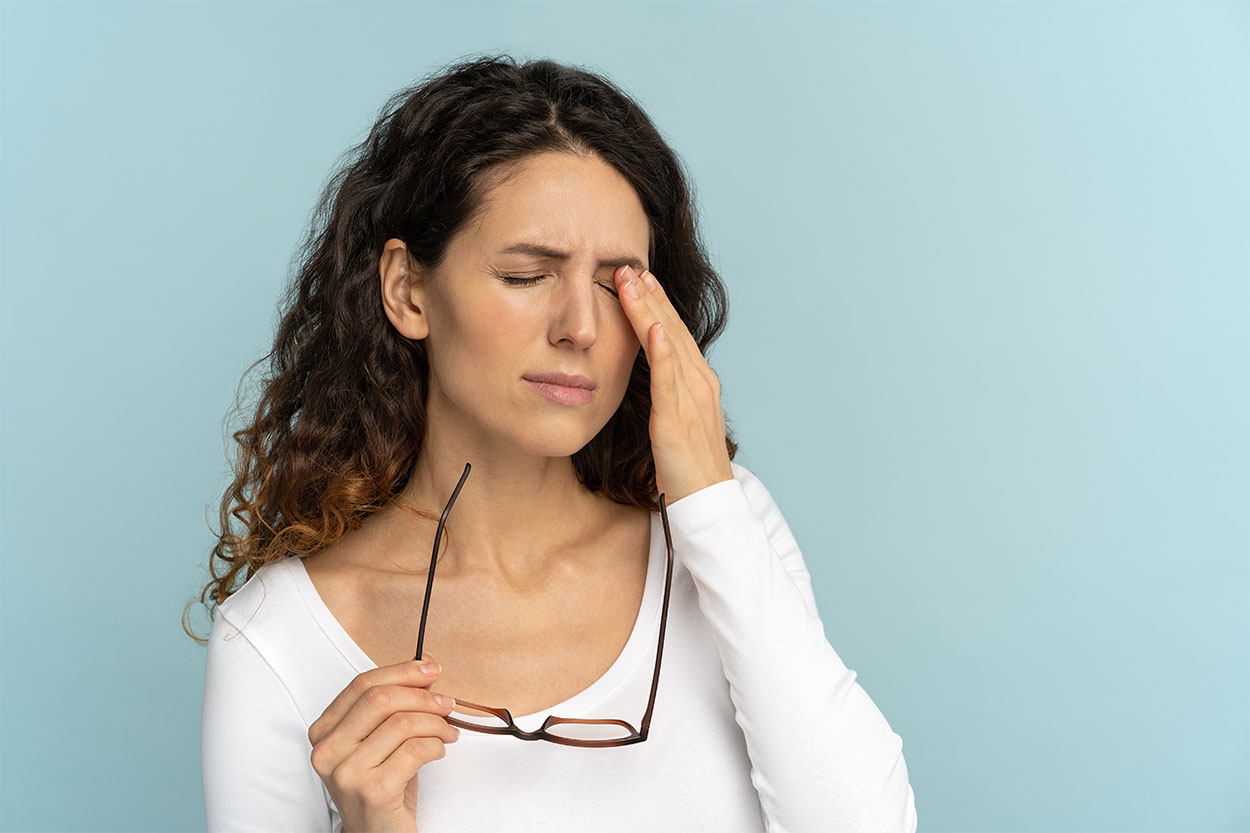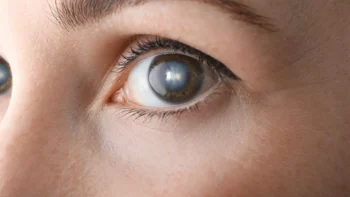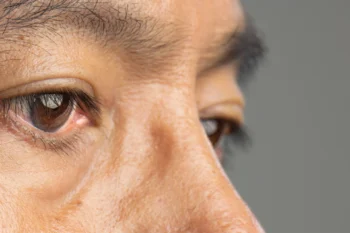For many individuals diagnosed with progressive eye diseases or visual impairment, the greatest fear is losing their vision altogether. In the United States, 93 million adults are at serious risk for vision loss, while 12 million over the age of 40 have a visual impairment. If you fall into this category, the importance of understanding the eye diseases that cause blindness, and how to treat them and slow their progression cannot be overstated enough.
Understanding Vision Impairment, Absolute Blindness, & Legal Blindness
When discussing eye diseases that cause blindness, it’s important to first understand the ranges of vision loss.
- Vision Impairment: if you have vision impairment or low vision, this means that your eyesight cannot be corrected to a “normal level”. While not truly considered blindness, the loss in visual acuity can make it difficult for you to see objects clearly.
To be classified with vision impairment, your visual acuity must be 20/70 or worse with the best possible correction. This simply means that with the best possible correction, you can only see at 20-feet what someone with normal eyesight can see at 70-feet.
It is important to note here that vision impairment describes a wide range of visual function, including low vision and total blindness. You can view different levels of vision impairment (moderate – profound), here.
- Absolute Blindness: while rare, absolute blindness is defined as having no light perception, meaning that you cannot perceive light, darkness, or shapes. It is most commonly caused by serious eye injuries or illness.
- Legal Blindness: if you are legally blind, this means that your central visual acuity must be 20/200 or worse in your better eye with the best possible correction, and/or have a visual field of 20 degrees or less. Individuals who are considered legally blind often have some vision; however, it is limited and makes daily tasks difficult. If you’re legally blind, you may be eligible for special services, such as vision rehabilitation and orientation and mobility training.
There are several eye diseases that cause blindness, which we’ll now outline, and include some information on how to slow them or reduce your risk of developing them (if applicable).
- Age-related Macular Degeneration (AMD): one of the most common causes of legal blindness among those over 50 is age-related macular degeneration, which affects the central part of your vision necessary for reading, driving, and recognizing faces. It is caused by damage to the macula, the part of the retina responsible for sharp central vision, which results in gradual vision loss. Peripheral vision is often intact, so movement and shapes can still be seen.
To decrease your risk of legal blindness from AMD, it is important to stop smoking, eat a healthy diet that includes vegetables/fruits/salmon, and get regular eye examinations. There is medicinal treatment that can be injected into the eye in individuals with wet AMD, to slow/stop vision loss.
- Retinitis Pigmentosa: this is a rare, inherited genetic eye disease that causes blindness, by affecting the light-sensitive retina cells, responsible for sending signals from your eyes to your brain. Over time, RP slowly destroys these cells leading to the individual having tunnel vision or only a small window of central vision. The symptoms of this typically begin in childhood/adolescence, and gradually worsen overtime.
Unfortunately, RP is incurable, but you may be able to slow its progression by taking vitamin A, lutein supplements, or fish oil. Eating a healthy diet, avoiding bright lights, and wearing sunglasses outdoors may also help.
The current research into treatments are focusing on gene and cell therapies, with Penn Medicine leading the way with an FDA-approved gene therapy for Leber Congenital Amaurosis (LCA) which is an early onset of Retinitis Pigmentosa. By introducing healthy copies of the RPE65 gene into the retinas of individuals born with a mutation in this gene, researchers found that they could successfully treat the damaged cells. Further research into similar gene therapies may result in treatments for other hereditary ocular diseases.
- Diabetic Retinopathy: diabetic retinopathy is caused by high blood sugar levels, which damage blood vessels in the retina over time. This can lead to vision problems such as blurred vision, difficulty seeing colors accurately, blind spots, or even legal blindness if left untreated.
Diabetic retinopathy can be treated with laser surgery, but the best way to reduce your risk of developing it is to control your blood sugar levels with diet and exercise.
- Glaucoma: glaucoma is another eye disease that causes blindness if not treated promptly. It is commonly found that in those who develop glaucoma, they also have high eye pressure, but not always. In those that do have eye high pressure, the optic nerve becomes damaged from fluid buildup, putting pressure on the nerve fibers causing blind spots. Symptoms include severe headaches accompanied by nausea or vomiting; halos around lights; loss of peripheral vision; difficulty adapting to darkness; redness; itching; and pain in one or both eyes.
Regular screenings are important since glaucoma cannot be reversed, but treatment options such as medications, laser treatment, or surgery may help prevent further progression of the disease if detected early on.
- Cataracts: Cataracts are caused by proteins building up on the lens of your eye which makes the lens of your eye cloudy, and light entering cannot reach your retina, resulting in blurred or dim vision. While cataracts are most common in those over 65, they can occur at any age, and can be treated with cataract surgery which replaces the cloudy lens with an artificial one.
Expert Care and Prevention at Brimhall Eye in Las Vegas
Eye diseases that cause blindness can be serious, and require medical attention to ensure your vision is properly cared for. While some treatments are available, the best way to reduce risk of developing any eye disease or condition is to eat a healthy diet, exercise regularly, wear sunglasses outdoors when appropriate and get regular eye exams. If you’ve been diagnosed with an eye disease or believe you may have one of these conditions described above, contact us today at Brimhall Eye, so we can discuss treatment options tailored specifically for you. Our team of experienced ophthalmologists in Las Vegas will work closely with you to determine the right course of action for preserving your eyesight.





